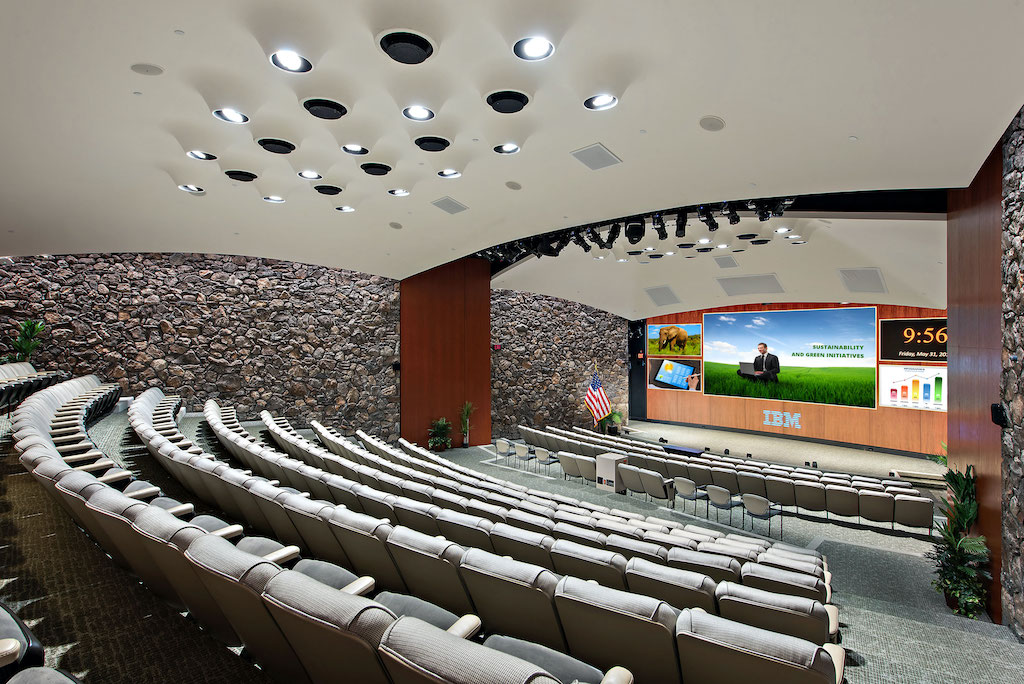Examining the Wide-ranging Connectivity Options Offered for LED Display Modules
Examining the Wide-ranging Connectivity Options Offered for LED Display Modules
Blog Article
Light Emitting Diode wall panels have gained traction for their ability to deliver crisp imagery in multiple settings, from professional environments to event venues. One of the most significant aspects of these systems is their connectivity options, which allow users to connect them to different devices and systems. Comprehending the broad input options available for LED wall panels is essential for maximizing their use and effectiveness. This article explores these features, showcasing how they can cater to various needs and preferences.
One common interface approach for LED wall panels is HDMI. High-Definition Multimedia Interface is widely recognized for transmitting crisp video and audio signals between devices. This interface type is especially useful in commercial environments, such as meeting spaces or training rooms, where presentations or video content are often shared. By using digital connectors, users can easily connect laptops, projectors, and streaming equipment to LED wall panels, guaranteeing a sharp and vibrant display of media.
Another popular connectivity option is Display Port, which is similar to High-Definition Multimedia Interface but offers additional advantages. Display Port can support elevated refresh rates and display outputs, making it an excellent choice for interactive media or graphic-intensive applications. For those deploying Light Emitting Diode wall panels in environments where performance is essential, such as competitive gaming venues or design studios, DisplayPort can provide the necessary visual clarity. Additionally, many modern computers and graphics cards include DisplayPort connections, making it a convenient option for technology-oriented professionals.
In addition to HDMI and DisplayPort, cordless transmission options are becoming progressively common in LED wall panel solutions. Cable-free connections allow users to transmit content without the need for physical cables, enabling a streamlined and more adaptable configuration. Technologies such as Wi-Fi and short-range communication enable users to link smartphones, tablets, and laptops directly to LED wall panels without cumbersome wires. This convenience is particularly advantageous in fast-paced environments like trade shows or events, where quick adjustments to displays are often required.
For extensive installations or blog link more complex setups, LAN integration through wired networking is another reliable solution. Ethernet connections provide a stable and reliable way to connect multiple Light Emitting Diode wall panels within a network. This setup is ideal for digital signage use cases found in retail centers or transport hubs, where numerous panels may need to display coordinated content across a wide area. By using Ethernet cables and routing hardware, operators can ensure that all connected panels receive consistent updates and content efficiently.
Finally, it's crucial to evaluate the evolution of connectivity with technologies such as USB-C and Thunderbolt Three. These newer connection types offer increased data transfer speeds and versatility by allowing one cable to handle both power delivery and data transmission. As more devices adopt these standards, LED wall panels equipped with USB-C ports will likely become more prevalent. This shift in integration not only improves the capabilities of Luminescent Diode wall panels but also coincides with the emerging trend of minimalistic design in hardware arrangements by minimizing the number of cables required.
In summary, examining the diverse interface methods accessible for Light Emitting Diode wall panels uncovers many opportunities for operators across multiple industries. From conventional approaches like High-Definition Multimedia Interface and Display Port to contemporary cordless solutions and network connections, each option serves unique purposes suited to distinct needs. Furthermore, next-gen technologies like USB-C offer further click here to find out more developments in how professionals utilize Luminescent Diode wall panels. By grasping these integration choices, individuals can make informed decisions that optimize their overall experience with these multifunctional display tools.